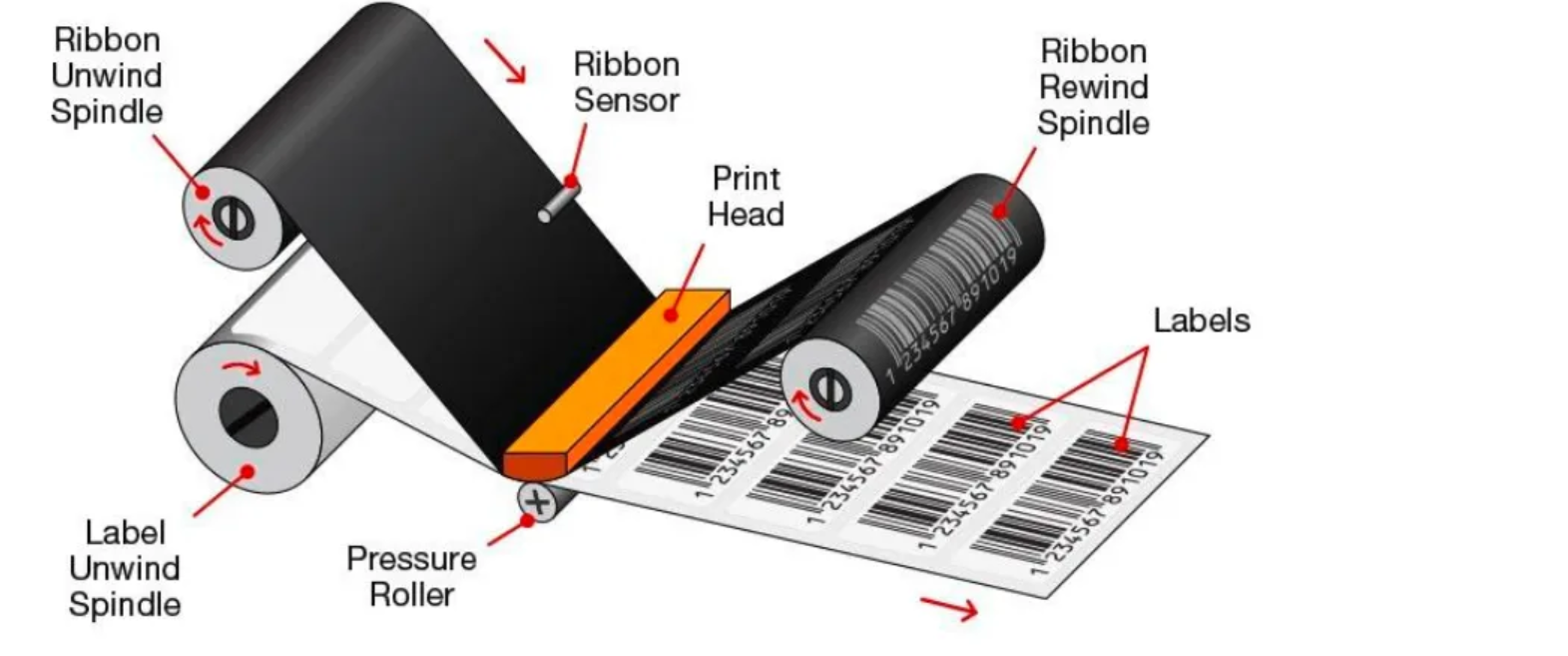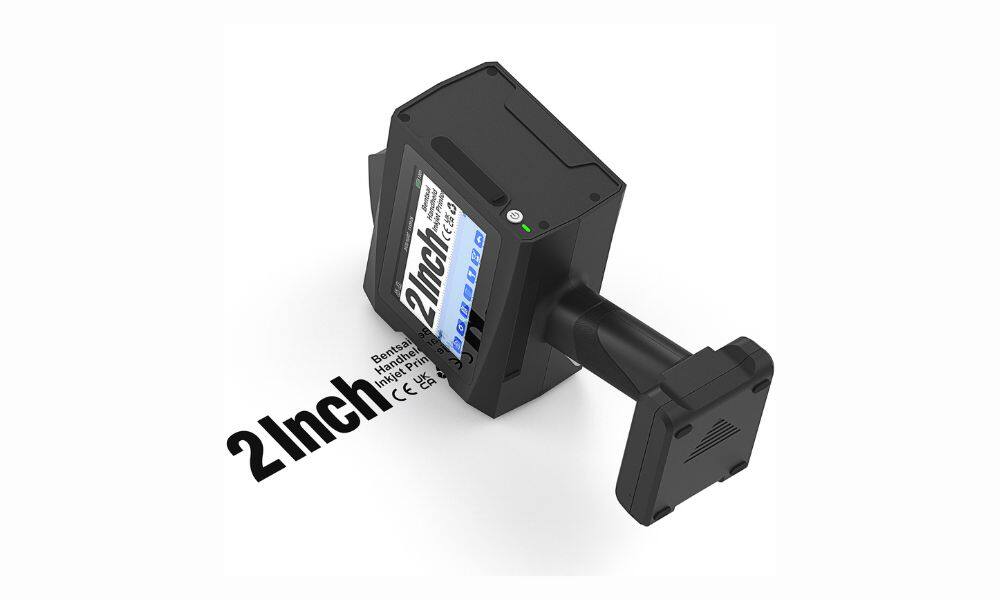Knowledge 101: How Portable Handheld Printers Work
A portable handheld printer is a compact, mobile printing device designed to print text, images, or codes directly onto paper, packaging, or even non-traditional surfaces without the need for a bulky office printer.
The biggest difference between handheld printers and other printers lies in portability and versatility. While traditional printers are limited to paper sheets and fixed spots, handheld printers can print on a variety of materials such as cardboard, fabric, wood, and metal while on the go.
How Different Types of Portable Handheld Printers Work
Technology Types
Portable handheld printers generally operate on two main technologies: thermal printing and thermal inkjet printing. Understanding these technologies helps you select the right device for your needs.
1. Thermal Printing Technology
1. What are portable thermal printers?
Portable thermal printers are devices that use heat-sensitive paper instead of traditional ink or toner. They are often used for printing receipts, labels, tickets, or barcodes.
2. How do portable thermal printers work?
A thermal printer uses a heated print head to apply heat to coated thermal paper. The areas exposed to heat turn black, forming text or images instantly. Because they don't require ink, ribbons, or toner, they are cost-effective and reliable.

3. Benefits of thermal printing:
- No ink or toner required, reducing ongoing costs
- Compact and lightweight design, perfect for on-the-go use
- Quiet, fast, and reliable printing for text and simple graphics
- Low maintenance and fewer moving parts
4. Are they worth it?
Yes, if you need quick, low-cost printing for receipts, shipping labels, event tickets, or barcodes. However, they are not ideal for colorful or highly detailed prints.
2. Thermal Inkjet Printing Technology
1. What are portable thermal inkjet handheld printers?
Portable thermal inkjet handheld printers are advanced devices that use disposable ink cartridges to spray ink directly onto various surfaces. Unlike thermal printers, they are not limited to heat-sensitive paper and can print on multiple materials.
2. How do portable thermal inkjet handheld printers work?
They use tiny nozzles to jet ink droplets onto the surface, controlled digitally to create sharp text, graphics, barcodes, or QR codes. These printers often support high-resolution printing (up to 600 dpi), making them suitable for detailed labeling.

3. Benefits of thermal inkjet handheld printers:
- High-quality resolution for sharp text and graphics
- Compatible with multiple surfaces: paper, plastic, metal, wood, glass, and fabric
- Fast-drying inks reduce smudging
- Portable, flexible, and ideal for industrial or commercial use
- Easy to maintain with replaceable cartridges
4. Are they worth it?
Absolutely, especially if you need versatile printing across different materials. They are widely used in packaging, logistics, and manufacturing, and are a valuable tool for small businesses and DIY projects.
Uses of Portable Handheld Printers
What are the Uses of Portable Thermal Printers?
- Thermal printers are best suited for:
- Printing receipts in retail and hospitality
- Generating shipping and logistics labels
- Creating event tickets, wristbands, and passes
- Barcode and QR code printing for inventory tracking
Their reliability and low operating costs make them a go-to choice for businesses needing simple, fast printing solutions.
What are the Uses of Portable Thermal Inkjet Handheld Printers?
- Thermal inkjet handheld printers are used for more advanced and versatile printing tasks, including:
- Printing batch codes, lot numbers, and expiry dates on packaging
- Customizing labels for retail and logistics
- Directly marking surfaces like plastic bottles, glass jars, metal parts, or cardboard boxes
- Supporting small business branding, product personalization, and DIY crafts
These devices bridge the gap between flexibility and professional quality, making them essential in both industrial and creative applications.
In Conclusion
Portable handheld printers provide a modern, mobile solution for printing needs beyond the traditional office setup. Thermal printers are cost-effective and reliable for receipts, labels, and barcodes, while thermal inkjet handheld printers offer versatility and high-quality results across a wide range of surfaces.
By understanding how these devices work and where they can be applied, you can confidently choose the best portable handheld printer to match your business or personal needs.
Ask Question
No questions and answers

